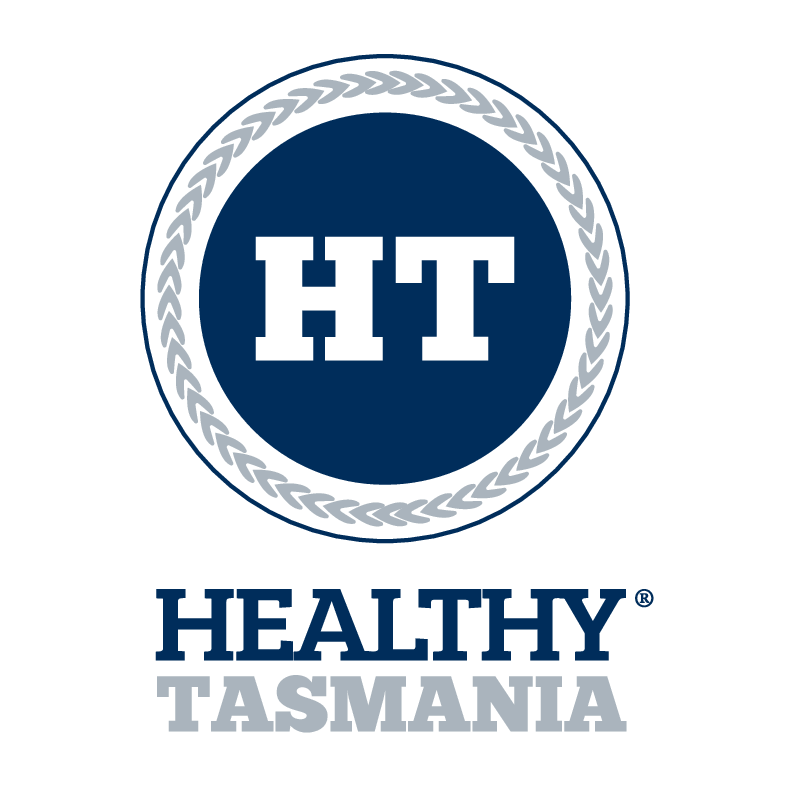State of Health: the Launceston program making an impact on physical inactivity
APRIL 11 2019 - 7:30PM
Can a community-wide, multi-strategy, wide-scale intervention increase physical activity participation in the community?
The answer, according to Active Launceston organisers, is yes.
Physical inactivity remains a leading risk factor for a range of chronic conditions including cardiovascular disease, type 2 diabetes and some cancers.
The World Health Organisation has identified it as one of the leading risk factors for death worldwide.
Globally, one in four adults are not active enough.
In Tasmania, about 40 per cent of children do not get the level of physical activity recommended by the Australian Physical Activity guidelines.
In adolescents, it rises to 80 per cent, and for adults, it's about 70 per cent.
This, despite significant research showing that even small increases to physical activity - any bodily movement that requires energy expenditure - can have major positive health impacts.
For the past 10 years, Healthy Tasmania has been working to change this, with research associated with its Active Launceston program recently published in the Journal of Health Production Australia.
The research measured the program's effectiveness by examining the changes in community physical activity participation.
One of the key findings was a 7.2 per cent increase in sufficient physical activity for health, defined as 150 minutes per week, in the Launceston Community.
Healthy Tasmania managing director Lucy Byrne said there were many more Tasmanian communities that could benefit from a similar program.
"This is more evidence that the program works, and that it is making a real difference to people's lives," she said.
"More important than the fact that we've been published is the recognition of the impact. It's undeniable.
"We've been able to triangulate - to use different research methods to measure the overall impact.
"When you think of the saying publish or perish - we want to change that to make an impact, or implode."
Established in 2008, Active Launceston is a community-wide program aimed at improving health and wellbeing through physical activity.
Its mission, according to Ms Byrne, is to mobilise the community to increase participation in physical activity by filling gaps in provision, creating pathways, reducing barriers and targeting those with the highest need.
The research was based on the participation rates of Active Launceston between 2008 and 2015.
According to the report, in this time the program attracted 11,887 attendees who participated in 30,342 sessions, amounting to 38,088 hours of physical activity.
An evaluation consisting of participation statistics, focus groups, stakeholder interviews, an online survey and telephone survey, found that increased engagement in exercise, better health and social connectedness, were all among the benefits of the program.
Further to this, the most recent data collected by Healthy Tasmania shows that between 2008 and 2018, Active Launceston has delivered 225 community programs, engaged 12,721 attendees, who attended 33,050 sessions, amounting to 41,069 hours of physical activity.
Ms Byrne said considering Tasmania was the most overweight, oldest, sickest, poorest, least literate, and most disabled state with the second lowest life expectancy in the country, more support for initiatives aimed at keeping people well for longer was crucial.
"We are seeing these benefits, in Launceston with our clients now, but there are so many other communities in Tasmania, and Australia, that could benefit from a program like this," she said.
"This program, and now this further research, provides a model and a framework that could serve a real purpose to other communities.
"We need to be keeping people well for longer, and physical activity goes a long way in keeping people out of our hospitals.
"My hope is for this research to be used as an example for future preventative health strategies."
This article first appeared in The Examiner newspaper here


